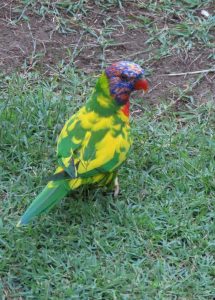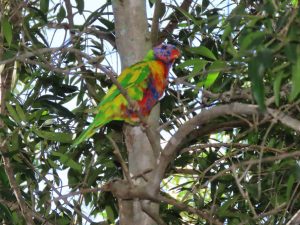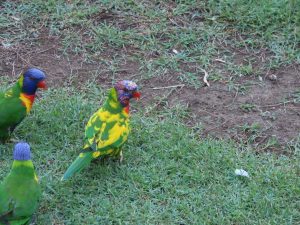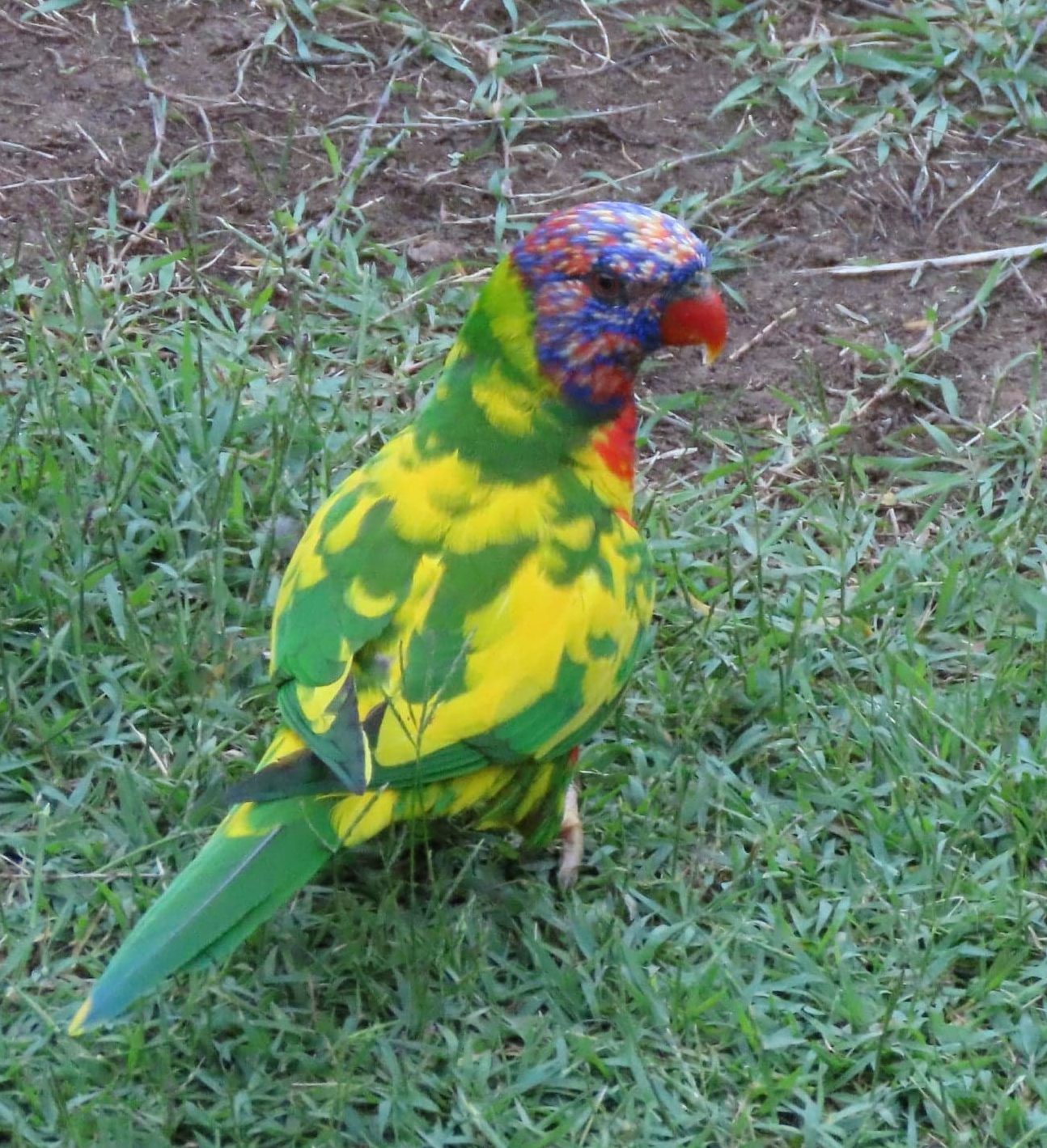
Nature has a funny way of evolving sometimes. One of its quirks is the mutation. Mutations can come in the way of color changes, and it can also slam up against the wall with a dual-sided male/female combination. We’ve seen this dual oddity in several birds, including the Northern Cardinal. Other mutations can be found producing excessive feather growth like in the Silkie Chicken or the Feather Duster Parakeet. And while many of these kinds of genetic mutations are rare, they show up more often than we would think they could. One such mutation is a coloration abnormality referred to as a “pied mutation.”
A pied mutation is when expected color displays in areas on a bird are replaced by patches of other colors that are not expected, as well as some unusual body markings. The mutated colorations in a bird fall under three types of pied mutation – dominant, recessive, and clearflight. Of course, there are multiple types of other kinds of mutations affecting birds, but for this article, we’ll stick with the pied mutation as the subject of this writing is a recently seen beautiful abnormality. The bird is a Rainbow Lorikeet that was recently spotted in North Rothbury, a small village located in the state of New South Wales in Australia. Although the Rainbow Lorikeet is a common bird in Australia, this one was anything but common.

Spotting a Rare Beauty
New South Wales resident, Jayde Parrey, discovered this unusually colored Rainbow Lorikeet in her yard along with around 20 other normal Lorikeets. According to Jayde, the mutated bird seemed to get along nicely with the flock it was spotted with. It fed with them and did all the things a bird normally does without displayed prejudice from the other birds. Jayde has lovingly named this bird Kalyn after a rugby fullback by the name of Kayln Ponga. The headgear worn by the footballer is as colorful as the head of the bird making it an easy choice to pair the names. Jayde has managed to get several excellent photographs of Kalyn, some of which Jayde has graciously provided to us as exclusive photos.

A normal Rainbow Lorikeet has a solid green back with the front of the bird a palette of colors that led to the naming of the bird. Typically, that means an orange/yellow chest, a solid, blue-colored head, a greenish collar, and a beautiful solid blue belly. The spotted mutation (AKA Kalyn), perhaps the first of its kind spotted anywhere, has patches of different colors replacing the normal colors. The head is primarily blue but is a firework display of a mix of colors that include red and yellow. The expected collar is missing replaced by a continuation of the primarily green back. The back is patched with yellow displayed in a random patterning. The front of the lorikeet is heavily splotched with a non-patterned collection of orange, yellow, and blue. The coloration of the beak has determined Kalyn to be an adult Rainbow Lorikeet. Kalyn is nonetheless striking and is as beautiful as the normal “mates” it hangs with. Regardless, its difference to the others is striking making it an easily recognized oddity.
We like Kalyn.
